
Yes, You Can Grow Your Own Spices in Your Garden and Save Money—Here’s How
These plants are guaranteed to make your cooking more exciting.
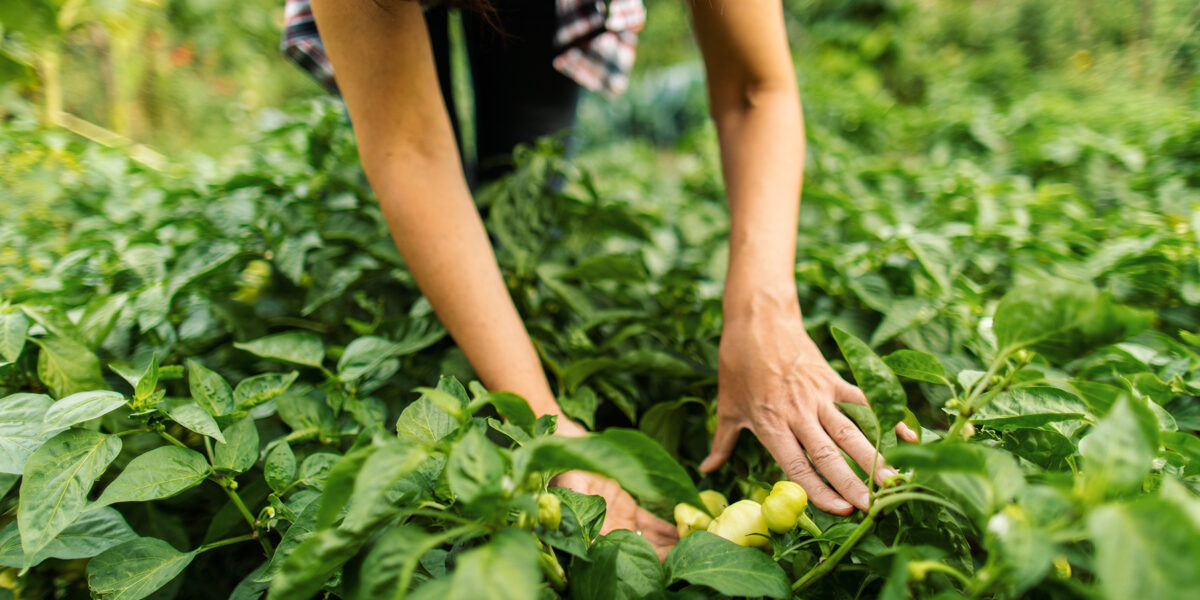
We’ve all been there, the premature demise of our cilantro bolting into bitterness and a head full of seeds after an unexpected heat spike. But what if we started thinking about these “failures” as new flavor opportunities? One gardener’s flop is another’s feast after all. I’m talking seed-turned-spice drawer—yes, that downed cilantro is now your own hefty supply of gourmet coriander.
These types of unpredicted harvests don’t have to be accidental either; there is a wonderful world of intentionally growing your own spices and we’re here to encourage you to add a few to your garden (and kitchen) this growing season. But before getting into which new plants to put into the ground, let’s talk about the difference between herbs and spices. While many herbs can be used in spice mixes (and should be), they aren’t technically considered a spice until dried. So where your herb garden is an excellent source of flavor, we’ve rounded up a few unexpected, yet easy-to-grow additions that will have you rethinking plot to plate in a whole new delicious way.
What to Grow in Your Spice Garden
Sweet Bay
A lovely specimen for landscaping and patio pots alike, mature trees can reach up to 50 feet, but only 6-10 feet in containers. This evergreen plant’s leaf oil is the prized flavor enhancer. Full sun and warm weather are in your favor for healthy growth. This plant has a shallow root system requiring a wider rather than deeper pot for those considering adding it to container gardens. To harvest, simply prune leaves above secondary nodes to encourage upward growth. Leaves can be used both fresh and dried as infusions.
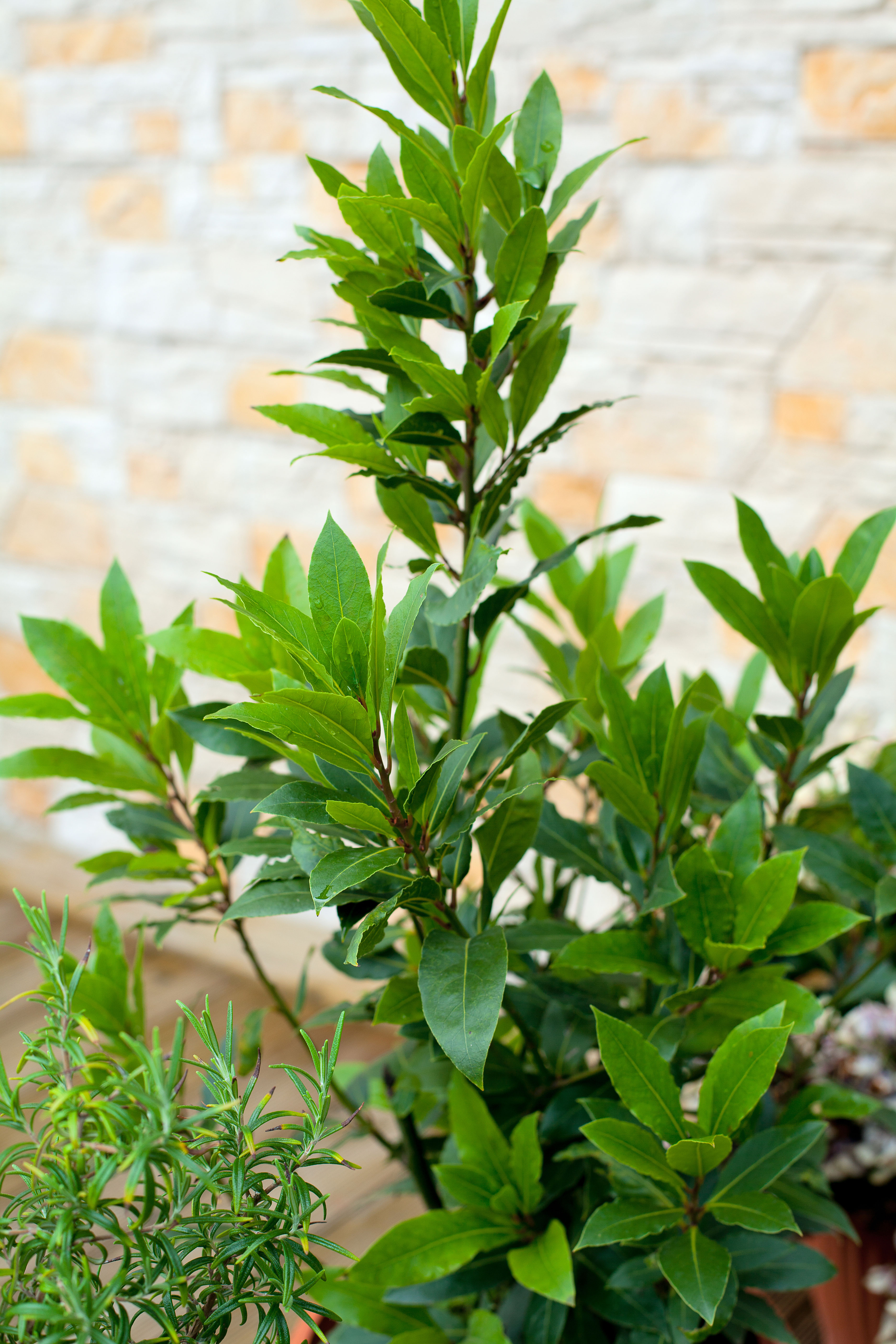
Diana Taliun/Getty Images
Caraway
Best if started in the cooler seasons, these cold-hearty plants require chill hours (2-8 weeks at 45°F) to promote flowering. Distinctive licorice and citrus flavor notes set this spice apart and work will in both pastries and curries. Plant in full sun with well-draining soil; it will thrive both in ground and containers.
Carrot Seed
An overlooked culinary spice (its use dates back to 4,500 years ago) that requires some patience. One must allow the carrot plant to overwinter into its second year, when it will produce delicate white and pink flowers followed by sweet earthy seeds known for anti-inflammatory properties. They are delicious in baked goods or toasted for other seed mixes. Allow seeds to fully dry on the plant before harvesting.
Cumin
A plant requiring a long, warm growing season, its seeds are best soaked for 8-12 hours and sown indoors a few weeks before the last frost. Transplant to a wind-protected area once temperatures no longer dip below 50°F. Pollination is key and might need some encouragement; it is recommended to plant at least three plants together and add companion blooms nearby to encourage beneficial insects. To harvest, clip seed heads once the plant begins to wither, placing in a paper bag to fully dry.
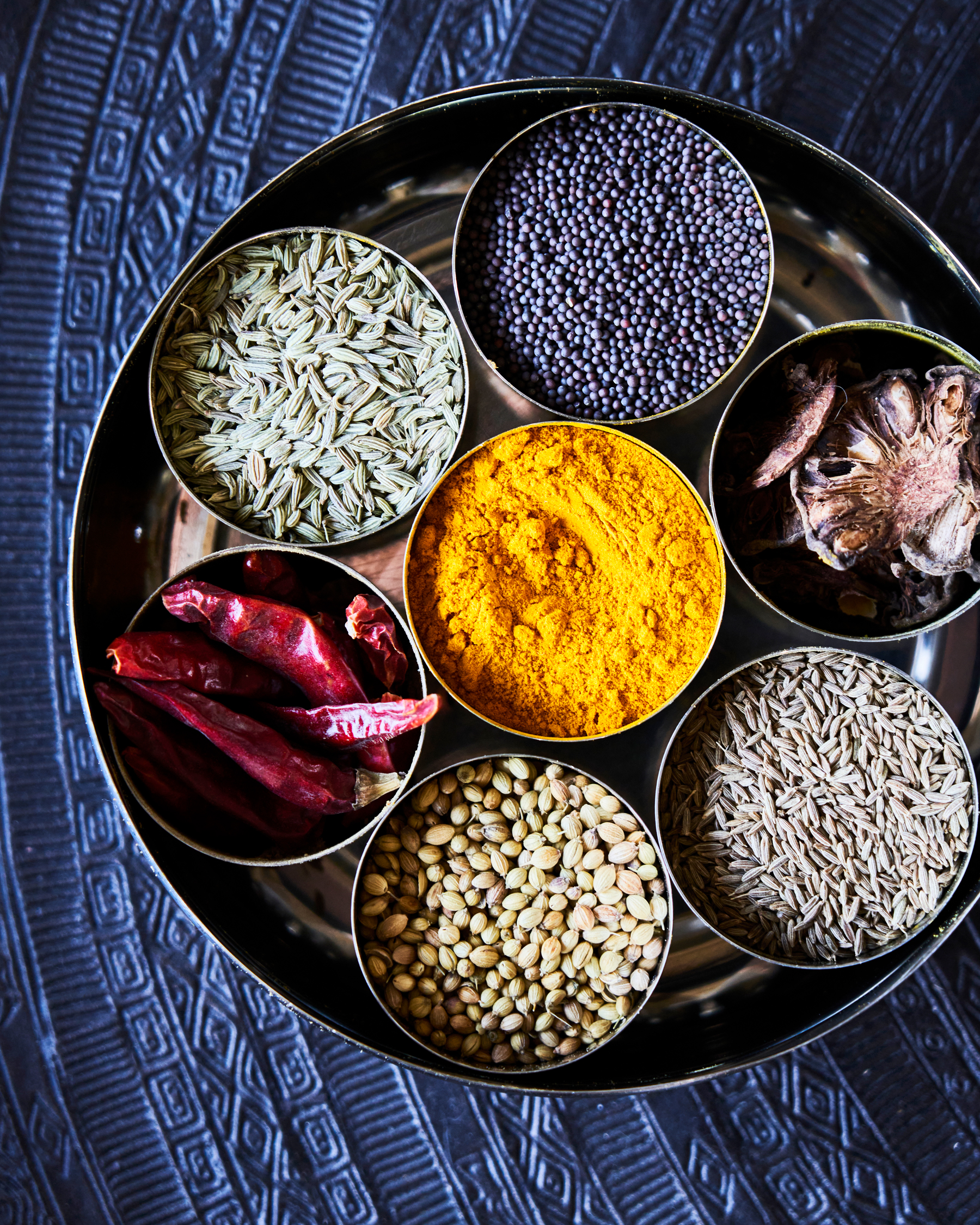
Thomas J. Story
Fenugreek
A nitrogen-fixing plant that can be grown as a ground cover as well as an edible spice, tiny pea-like pods produce small cuboid-shaped seeds that taste slightly of maple and can be used both whole or ground alongside cardamon, cloves, and cumin. Fast to germinate, these plants can go to seed in as little as 2-3 months. Shallow roots require light and frequent watering—harvest pods once they turn yellow.
Ginger
Maybe one of the easiest, yet most flavorful spices to grow, this plant thrives in containers and can even be cultivated by using cuttings from your grocery store haul. Choose rhizomes that are light in color with thick skin and still plump—cutting up into pieces allows the ends to dry before planting. Plant in spring in partial shade, with nodules pointing upwards 2 inches deep and 6–8 inches apart. In eight to 10 months plants will be ready for harvest. Look for stems that are starting to yellow and dig up the entire plant individually as needed. It can be used fresh or ground after drying thin slices.
Nigella sativa (Black Cumin)
One of my favorite spice-garden additions in recent years, the feathery nigella flowers are just as stunning as the spice. It’s best to sow seeds in place during the late spring. This plant loves sun but tolerates partial shade in hotter interior climates. Wait for blooms to form fully dried balloon-like seed pods before snipping stems and placing in a paper bag. Seeds have flavor notes of onion, oregano, and black pepper and are most commonly used on the crust of baked breads or as a sesame substitute.
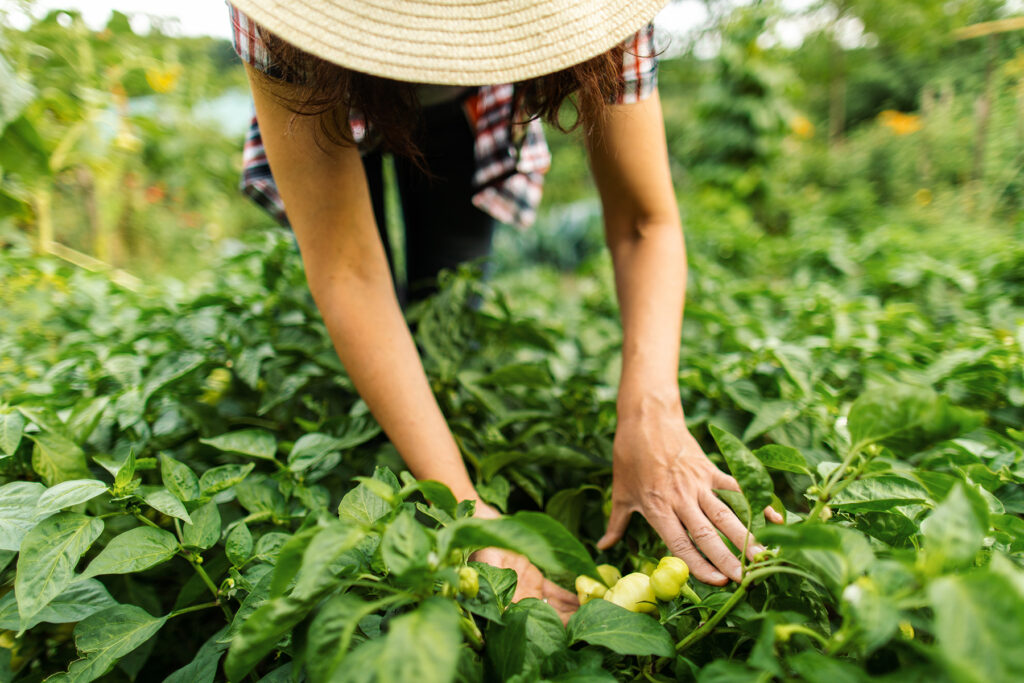
miljko/Getty Images
Paprika
There are actually a dozen different peppers to consider when looking to make this dried spice. Most commonly, the Boldog, Hungarian Magyar (both long slender sweet red peppers), and Alma (a slightly spicier, shorter bulb-shaped red and orange pepper) varieties are used for their thin walls and zippy flavor. Grow as you would any traditional pepper, waiting until they are fully ripe on the plant before harvesting. Cut and clean out seeds from pepper, allowing to fully dry in a dehydrator or low oven before blitzing into a powder. For smoked paprika, try infusing flavor with oak smoking boards or chips before further dehydrating.
Saffron
This is the most expensive spice for a reason, with each flower only producing three small saffron threads. Crocus sativus bulbs should be planted September through October with gorgeous purple flowers appearing in just six to 10 weeks. Perfect for containers, threads are best plucked in the early morning when flowers first open. In mild climates, bulbs can be left in the ground to multiply for future larger harvests. (And you are going to need a large quantity of flowers for a usable amount of saffron.)
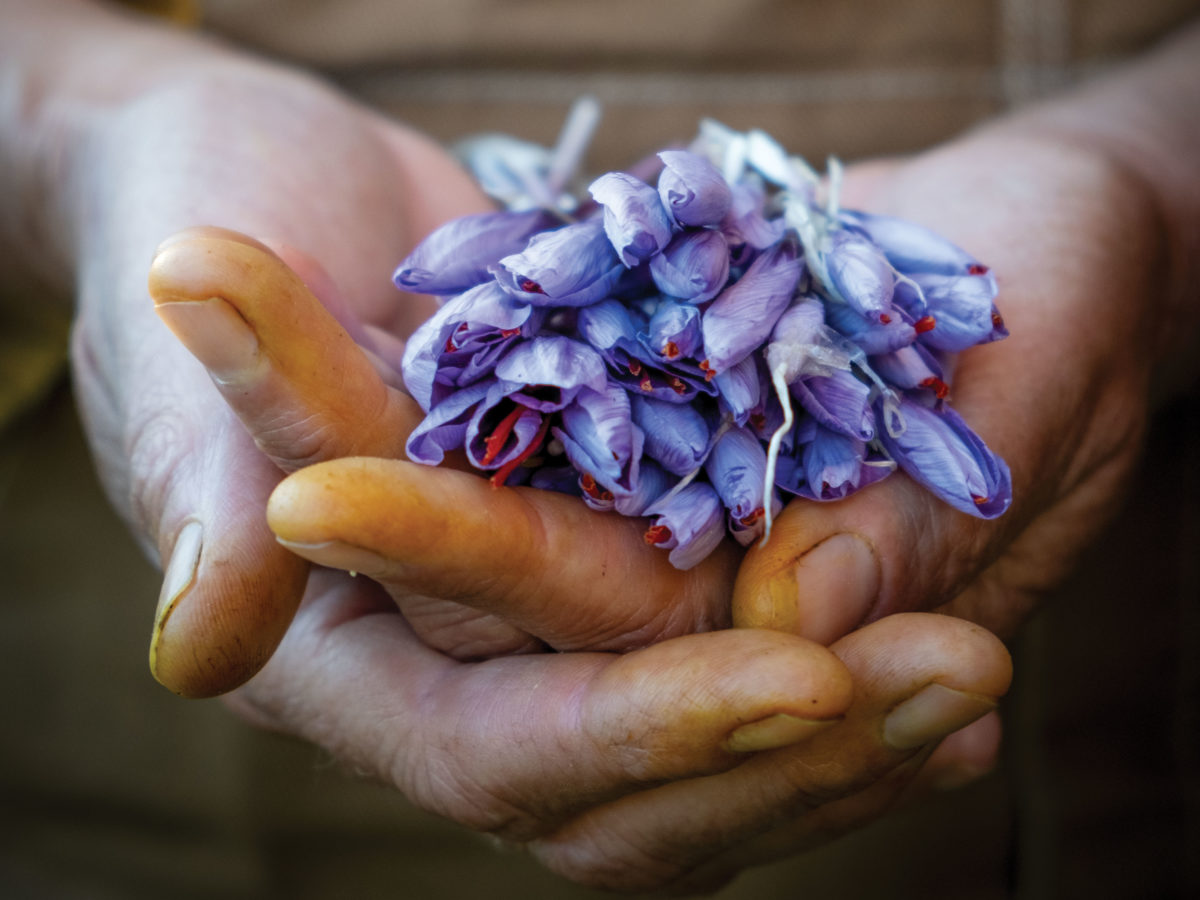
Thomas J. Story
Sesame
A plant that thrives in hot and dry weather, you can easily grow both black and white varieties by starting seeds indoors four to six weeks before the last spring frost and transplanting small starts 2-3 feet apart once soil reaches 70°F. Fairly drought-tolerant and even happy in containers, this is an easy-to-grow spice that takes very little effort with big yields. Flowers will turn into small elongated pods (each producing up to 100 seeds), which should be harvested once brown and fully dry on the plant.
Turmeric
Easily grown year-round in zones 8-10, turmeric is perfect for small gardens and containers alike. This plant prefers organic rich and well draining soil; be sure to add a healthy scoop of compost into your soil mix. Plants are ready to harvest seven to 10 months after planting once stalks and leaves begin to turn brown. Process trimmed and cleaned rhizomes by cutting thin slices and allowing them to fully dry before blitzing into a powder.
Wasabi
Timing is key when attempting this pungent root. Plants prefer shady conditions, moist soil, and moderate temperatures between 45°F and 75°F. It’s definitely worth experimenting because the rewards are great—try growing in containers for more environmental control and don’t forget to use all of the plant; leaves can also be eaten and pickled in a dish called “wasabi zuke.” Use grated fresh or process the root similarly to turmeric and ginger, cutting thinly and allowing to fully dry before blitzing into a powder.
I don’t know about you, but I’m excited to fill mason jars with even more homegrown zip. Whether you’ve got a small grow bag or a raised bed in need of new inspiration, there’s a spice waiting to bloom new discoveries for you. We hope you’ve been inspired to spike some seasoning into your plantings and onto your plates.
Read the Current Issue Here!
Get one year of Sunset—and all kinds of bonuses—for just $29.95. Subscribe now!
